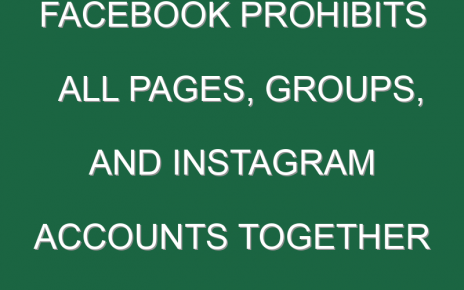The grainy security camera footage is shocking.
The elderly man walking down the street in Oakland, Calif.’s Chinatown neighborhood never even sees his assailant, a man who shoves him to the ground with brutal force and walks away. The video of the attack on the 91-year-old man, recorded on January 31, became the most recent evidence in a wave of mostly unaddressed hate crimes against Asian Americans and Pacific Islanders.
Now, activists have had enough.
It’s been a long time coming. Hollywood stars began calling out the racist violence early in the pandemic. By mid-summer, Stop AAPI Hate, an alliance of three organizations serving AAPI communities, began documenting the incidents. They quickly found that bullying, assaults, and verbal abuse were “becoming the norm” across the U.S. By September, it seemed that one in four young Asian American adults had been bullied or otherwise harassed.
Actors and activists Daniel Dae Kim and Daniel Wu and other high-profile stars are renewing their efforts for justice for the AAPI community.
After posting a reward encouraging anyone with information about the suspect in the recent Oakland case to come forward, Kim took to Instagram. “The number of hate crimes against Asian Americans continues to skyrocket, despite our repeated pleas for help. The crimes are too often ignored and even excused. … #EnoughisEnough.”
The recent political cycle is partly to blame.
Analysis conducted by Stop AAPI Hate found that one in ten tweets about Asian Americans contained racist or stigmatizing language related to China in the months preceding the 2020 election. Nearly 40% blamed China for the pandemic. The tweets became widespread campaign fodder. “The research suggests that President Donald Trump, whose racist or stigmatizing tweets have by far the greatest reach and were retweeted 1,213,700 times and liked 4,276,200 times, is the greatest spreader among politicians of anti-Asian American rhetoric related to the pandemic.”
On January 26, President Biden signed four executive orders that aim to address inequality and systemic racism, including one that gives the Justice Department a mandate and resources to track hate crimes against Asian-Americans. “This is unacceptable, and it’s un-American,” he said, referring specifically to the increase in xenophobic attacks.
“I think President Trump created a frame of permission that it was okay to be casually racist toward Asian Americans and people of Asian descent,” Aspen Institute’s Eric Liu told NPR. “President Biden, simply by changing the tone, simply by refusing to speak in that way, makes a big difference.”
But “changing the tone” will be a big lift.
In 2017, Frank Guan wrote a prescient piece called “The Model Minority in the Age of Trump,” which helped illuminate the historical elements of bigotry and resentment that were re-fueling attacks against AAPIs long before COVID-19 hit. “Things will not get easier for Asian-Americans, as anyone who’s been paying attention to candidate and, now, President Trump’s campaign rhetoric will attest,” Guan says. “The language of the Yellow Peril has returned, with a vengeance: Asians, the Chinese especially, are ‘raping our economy’ and ‘stealing our jobs.’” Stoking resentment toward an ascending China continues to be a legitimate political strategy. “If America is no longer great and America is never to blame, then some nefarious other must be responsible,” he says. “Asians in America remain a small and vulnerable population, and make for promising scapegoats.”
While the man responsible for the Chinatown attack has been arrested, the violence continues. Maybe it’s time to think of it as an allyship emergency: Targeting and blaming an entire demographic never ends well. Say something early and often. While executive orders are a good place to start, changing the tone will require everyone to sing the same song.
Ellen McGirt
@ellmcgirt
[email protected]




